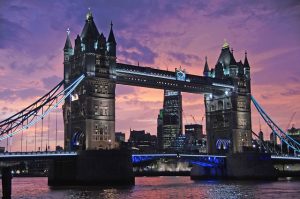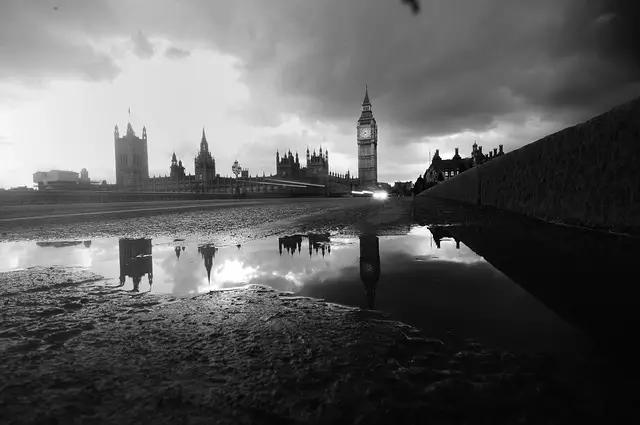 1. It is actually made up of two cities.
1. It is actually made up of two cities.
London is actually made up of two ancient cities that are now joined together. The first is the city of London, or Londinium, which was part of the original Roman settlement in England. This means that the oldest parts of London were already a millennium old when the Tower of London was built. Today, London is referred to simply as ‘the City’ or the Square Mile and it is comprised of the business and financial districts. The second city is the City of Westminster, which is where most of the government offices, Parliament and Buckingham Palace are located. Together, these two cities make up the region known as Greater London.
2. London was the first city in the world to have an underground railroad.
The London Underground opened in 1863 and was the world’s first underground railway system. The project was approved in 1853 as a way to connect Paddington and Farringdon. It took several years to secure financing but finally began developing in 1860 and was operational just three short years later. An amazing 30,000 passengers rode the train on its first day and it quickly became a huge success. The development changed urban transportation forever. Today it is simply known as ‘The Tube’ and it carries over 1.17 billion passengers every year.
3. There have actually been 3 London bridges.
The first bridge was built in 1209 and survived for over six centuries until 1831, when another was built to replace the original. This one only lasted until 1968 when it was sold to an American entrepreneur who ultimately installed it on Lake Havasu. The bridge that stands there today opened in 1973. Another interesting thing to note is that despite popular belief, London bridge has no towers. Those are only located on the Tower bridge in London.
4. London is one of the most visited cities in the world.
With just over 17.4 million international visitors in 2014, London ranked the second most visited city in the world, beaten by only Hong Kong. It’s not hard to see why so many people visit London when you consider the sheer amount of attractions that are located there. The city has many of the most famous museums, musicals and plays, world-class shopping and dining and even some of the most beautiful parks in Europe.
5. Big Ben is actually not the name of the clock.
When many people think of Big Ben, the image of an enormous clock comes to mind. However, Big Ben doesn’t refer to the clock or even the tower in which it is found, ST. Stephens Tower. It is actually the name of the 13-ton bell found inside of the clock.
6. London is one of the most diverse cities in the world.
London has the second largest immigrant population in the world, trailing only New York. In terms of languages, over 300 are spoken in London making it the most linguistically diverse in the world. Aside from English, some of the most common are Bengali, Panjabi, Gujerati, Hindi, Turkish and Arabic.
7. London is not a rainy city.
London has a notorious reputation as a rainy city, however that depiction isn’t entirely accurate. The average rainfall in the city is only 594 mm per year or 23 inches. This figure is less than Milan, New York City, Seattle, and even Toronto.
8. London lost up to two-thirds of its population during the Black Plague.
The Black Plague had huge consequences for all of Europe including religious, social and economic upheaval. It was one of the most devastating events in human history, with between 30 and 60 percent of the entire population dying. As a major urban area, London was hit particularly hard and it’s estimated to have lost up to two-thirds of its population. As a country, the population of England dropped from seven million prior to the plague to 2 million after.
9. London has the highest population density in Britain.
As of 2001, the greater London area occupied over 620 miles and had a population of 7,172,036. This puts the population density at 4,699 people per square kilometer. It is the largest city in Britain and even Europe and approximately 12 percent of Britain’s overall population live in London.
10. The current queen of England resides in London and is the longest serving British monarch.
Queen Elizabeth II took the throne in 1952 as the 40th monarch in the royal family. This means that she has been serving as head of the country for over 64 years. She surpassed her great-great-grandmother, Queen Victoria, who ruled for 63 years and 216 days, in September of 2015.
11. Taxi drivers in London must pass a knowledge test.
To become a taxi driver in the city of London, you are required to know over 25,000 streets in the city and over 50,000 points of interest. Those who pursue this vocation are expected to pass “The Knowledge Test” before they are awarded their license.











Leave a Reply